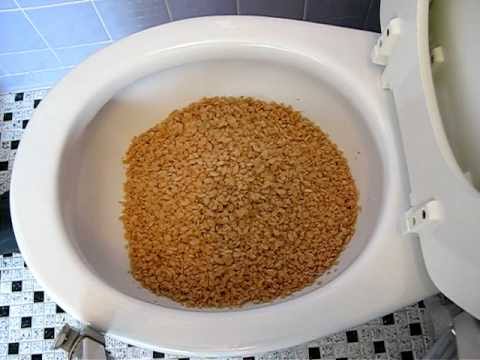The publisher is making several great annotation on What Can Happen If You Flush Food Down the Toilet? overall in this article down the page.

Introduction
Many individuals are usually faced with the issue of what to do with food waste, especially when it involves leftovers or scraps. One common inquiry that occurs is whether it's fine to flush food down the toilet. In this post, we'll look into the reasons people might take into consideration purging food, the effects of doing so, and different methods for proper disposal.
Reasons people may think about purging food
Absence of understanding
Some people might not know the potential harm triggered by purging food down the bathroom. They may mistakenly believe that it's a safe practice.
Ease
Purging food down the toilet may look like a quick and simple service to taking care of unwanted scraps, especially when there's no neighboring trash bin offered.
Negligence
Sometimes, people might just choose to flush food out of large negligence, without thinking about the consequences of their activities.
Effects of flushing food down the commode
Ecological impact
Food waste that winds up in waterways can contribute to air pollution and harm water communities. Additionally, the water utilized to purge food can stress water resources.
Pipes concerns
Purging food can lead to stopped up pipes and drains pipes, creating expensive pipes fixings and aggravations.
Types of food that should not be flushed
Fibrous foods
Foods with coarse appearances such as celery or corn husks can get entangled in pipes and cause blockages.
Starchy foods
Starchy foods like pasta and rice can absorb water and swell, leading to clogs in pipes.
Oils and fats
Greasy foods like bacon or cooking oils ought to never be purged down the bathroom as they can solidify and create blockages.
Appropriate disposal approaches for food waste
Making use of a garbage disposal
For homes equipped with waste disposal unit, food scraps can be ground up and purged with the plumbing system. However, not all foods appropriate for disposal in this way.
Recycling
Certain food product packaging products can be recycled, decreasing waste and reducing ecological effect.
Composting
Composting is an environmentally friendly means to deal with food waste. Organic materials can be composted and made use of to improve dirt for horticulture.
The importance of proper waste management
Decreasing ecological injury
Proper waste management practices, such as composting and recycling, assistance minimize contamination and protect natural deposits for future generations.
Securing plumbing systems
By preventing the technique of flushing food down the bathroom, homeowners can prevent expensive pipes repair work and keep the integrity of their plumbing systems.
Conclusion
In conclusion, while it may be tempting to flush food down the toilet for benefit, it is essential to understand the prospective consequences of this activity. By taking on correct waste management practices and disposing of food waste responsibly, individuals can add to healthier plumbing systems and a cleaner environment for all.
FLUSH FOOD DOWN THE TOILET?
FLUSHING FOOD CAN CAUSE BLOCKED DRAINS IN YOUR HOME
All of the plumbing fixtures in your home are connected to the same sewer pipe outside of your home. This outdoor sewer pipe is responsible for transporting all the wastewater from your home to the Council sewer mains. Even small pieces of food that go down the kitchen sink can cause problems for your sewer. It should therefore be obvious that flushing larger bits of food, such as meat, risks a clog in either the toilet itself or the sewer pipes. Flushing greasy food is even more problematic because oil coagulates when it cools, coating the interior lining of your pipes.
THE TOILET IS NOT A BIN
Food isn’t the only thing that people shouldn’t be flushing down the toilet. People use the toilet to dispose of all kinds of things such as tampons, makeup wipes, dental floss, kitty litter and even underwear. Water goes to great lengths to educate residents about the high costs and stress placed on wastewater treatment systems simply from people flushing the wrong stuff down the toilet. It costs taxpayers millions of dollars each year, and homeowners thousands in blocked drain repairs.
FLUSHING FOOD IS A WASTE OF WATER
Flushing food is a waste of our most precious resource - water. In June this year Level 1 water restrictions were introduced to protect water supply from drought conditions. Much of New South Wales continues to be affected by prolonged drought with recent figures revealing up to 97 per cent of the state remains in drought. Depending on whether you have a single or dual flush toilet, every single flush uses between five and 11 litres of water. In the current climate this is a huge amount of water to be wasting on flushing food that should be placed in the bin (or better yet, the compost).
https://www.jabplumbingsolutions.com.au/blog/can-you-flush-food-down-the-toilet

As an enthusiastic reader on Flushing Food Down the Toilet?, I figured sharing that section was beneficial. Sharing is good. One never knows, you might be doing someone a favor. Bless you for being here. Come back soon.
Call Today